43 concave mirror ray diagram object in front of focal point
"relating to the front," 1610s, from front (n.). Front yard first attested 1767; front door is from 1807. The newspaper front page is attested from 1892; as an adjective in reference to sensational news, 1907. Two Rules of Reflection for Concave Mirrors | Ray Diagrams - Concave Mirrors ... Case 5: the object is located in front of the focal point (F).17 pages
late 14c., "tangible thing, something perceived with or presented to the senses," from Old French object and directly from Medieval Latin obiectum "thing put before" (the mind or sight), noun use of neuter of Latin obiectus "lying before, opposite" (as a noun in classical Latin, "charges, accusations"), past participle of obicere "to present, oppose, cast in the way of," from ob "in front of, towards, against" (see ob-) + iacere "to throw" (from PIE root *ye- "to throw, impel"). Sense of "purpose, thing aimed at" is from early 15c., from Latin obiectus "that which presents itself to the sight." Meaning "that toward which a cognitive act is directed" is from 1580s. Grammatical sense of "a member of a sentence expressing that on which the action of the verb is exerted" is from 1729. No object "not a thing regarded as important" is from 1782, in which the sense of object is "obstacle, hindrance" (c. 1500). As an adjective, "presented to the senses," from late 14c. Object-lesson "instruction conveyed by examinati

Concave mirror ray diagram object in front of focal point
Ray diagrams are useful tools for determining the location of an image as produced by a concave mirror. To determine the location of an image using a ray ... "incurved," early 15c., from Old French concave (14c.) or directly from Latin concavus "hollow, arched, vaulted, curved," from con-, here perhaps an intensive prefix (see con-), + cavus "hollow" (from PIE root *keue- "to swell," also "vault, hole"). 1610s, "an illustrative figure giving only the outlines or general scheme of the object;" 1640s in geometry, "a drawing for the purpose of demonstrating the properties of a figure;" from French diagramme, from Latin diagramma "a scale, a musical scale," from Greek diagramma "geometric figure, that which is marked out by lines," from diagraphein "mark out by lines, delineate," from dia "across, through" (see dia-) + graphein "write, mark, draw" (see -graphy). Related: Diagrammatic; diagrammatically. The verb, "to draw or put in the form of a diagram," is by 1822, from the noun. Related: Diagrammed; diagramming.
Concave mirror ray diagram object in front of focal point. Concave or converging mirrors curve away from the object in front of them. ... Since the light rays start at or near the focal point, they will reflect off ... c. 1400, objecten, "to bring forward as a ground of opposition, doubt, or criticism; raise an argument against (a proposition, line of reasoning, etc.)," from Old French objecter and directly from Latin obiectus, past participle of obiectare "to cite as grounds for disapproval, set against, oppose," literally "to put or throw before or against," frequentative of obicere (see object (n.)). Related: Objected; objecting. "to reflect," 1590s, from mirror (n.). Related: Mirrored; mirroring. The Middle English verb mirouren (early 15c.) meant "to be a model" (for conduct, behavior, etc.), while miren (mid-14c., from Old French mirer) meant "to look in a mirror." May 7, 2021 — Covers concave mirrors, ray diagrams, the mirror equations, and the size and shape of images based on the object's location.
"beam of light, light emitted in a given direction from a luminous body," early 14c., rai, from Old French rai (nominative rais) "ray (of the sun), spoke (of a wheel); gush, spurt," from Latin radius "ray, spoke, staff, rod" (see radius). Not common before 17c. [OED]; of the sun, usually in reference to heat (beam being preferred for light). Ray is usually distinguished from beam, as indicating a smaller amount of light; in scientific use a beam is a collection of parallel rays. In ordinary language ray is the word usually employed when the reference is to the heat rather than the light of the sun .... [OED] Science fiction's ray-gun is recorded by 1931 (in Amazing Stories; electric ray gun as an imaginary weapon is from 1924; death-ray gun from 1926 as a prop in a vaudeville act), but the Martians had a Heat-Ray weapon in "War of the Worlds" (1898). mid-13c., mirour, "polished surface (of metal, coated glass, etc.) used to reflect images of objects," especially the face of a person, from Old French mireoir "a reflecting glass, looking glass; observation, model, example," earlier miradoir (11c.), from mirer "look at" (oneself in a mirror), "observe, watch, contemplate," from Vulgar Latin *mirare "to look at," variant of Latin mirari "to wonder at, admire" (see miracle). The Spanish cognate, mirador (from mirar "to look, look at, behold"), has come to mean "watch tower, gallery commanding an extensive view." Latin speculum "mirror" (or its Medieval Latin variant speglum) is the source of words for "mirror" in neighboring languages: Italian specchio, Spanish espejo, Old High German spiegal, German Spiegel, Dutch spiegel, Danish spejl, Swedish spegel. An ancient Germanic group of words for "mirror" is represented by Gothic skuggwa, Old Norse skuggsja, Old High German scucar, which are related to Old English scua "shade, shadow." Words for 'mirror' are mostly Ultrasonic Testing (UT) Handbook - NDT Inspection Connection ... Resume "of or pertaining to a focus," 1690s, from Modern Latin focalis; see focus (n.) + -al (1).
Ray diagrams. • Three rays leave one point on an “object”: 1) A ray parallel to the principal axis (aka ... A convex lens has a focal length f. The only way.15 pages Read The Order of Things Hierarchies, Structures, and Pecking Orders ebook txt android. cyte 15.12.2021 "in a straight line, across country," 1883, from point (n.). The focal point is in front of the mirror. 427 1 5 and p. Some of the worksheets for this concept are Mirror ray diagram work answers Work 6 curved mirror problems quantitative Convex mirror ray diagrams answer key Lens ray diagram answer 1 1 1 h d i i in every problem draw a ray i o f h d o o Ray diagrams for concave mirrors. Curved Mirrors ...
1610s, "an illustrative figure giving only the outlines or general scheme of the object;" 1640s in geometry, "a drawing for the purpose of demonstrating the properties of a figure;" from French diagramme, from Latin diagramma "a scale, a musical scale," from Greek diagramma "geometric figure, that which is marked out by lines," from diagraphein "mark out by lines, delineate," from dia "across, through" (see dia-) + graphein "write, mark, draw" (see -graphy). Related: Diagrammatic; diagrammatically. The verb, "to draw or put in the form of a diagram," is by 1822, from the noun. Related: Diagrammed; diagramming.
"incurved," early 15c., from Old French concave (14c.) or directly from Latin concavus "hollow, arched, vaulted, curved," from con-, here perhaps an intensive prefix (see con-), + cavus "hollow" (from PIE root *keue- "to swell," also "vault, hole").
Ray diagrams are useful tools for determining the location of an image as produced by a concave mirror. To determine the location of an image using a ray ...
An Object Is Placed 30 Cm In Front Of A Concave Mirror Of Focal Length 20 Cm What Is The Distance Between The Object And The Image Quora

Draw A Ray Diagram To Show The Formation Of Image By A Concave Mirror For An Object Placed Between Its Pole And Focus State Three Characteristics Of The Image
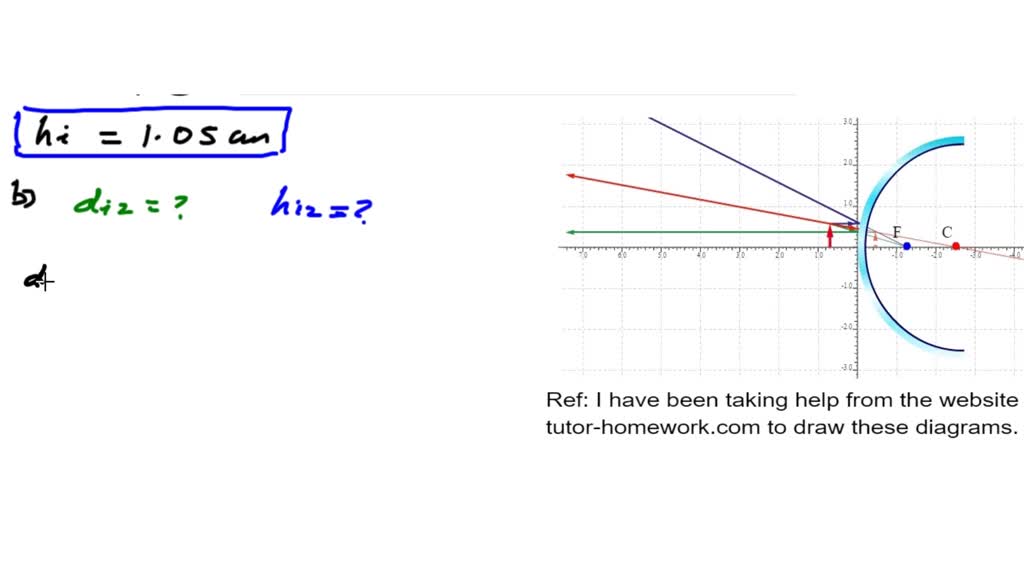
Solved An Object Is Placed In Front Of A Convex Mirror Draw The Convex Mirror Radius Of Curvature 15 Cm To Scale And Place The Object 25 Cm In Front Of It Make
What Will Be The Ray Diagram Of An Object Which Is Placed At A Distance Of 10 Cm From A Concave Of A Focal Length Of 20 Cm Quora
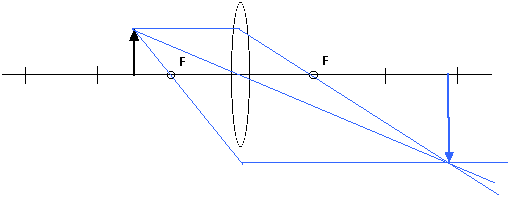
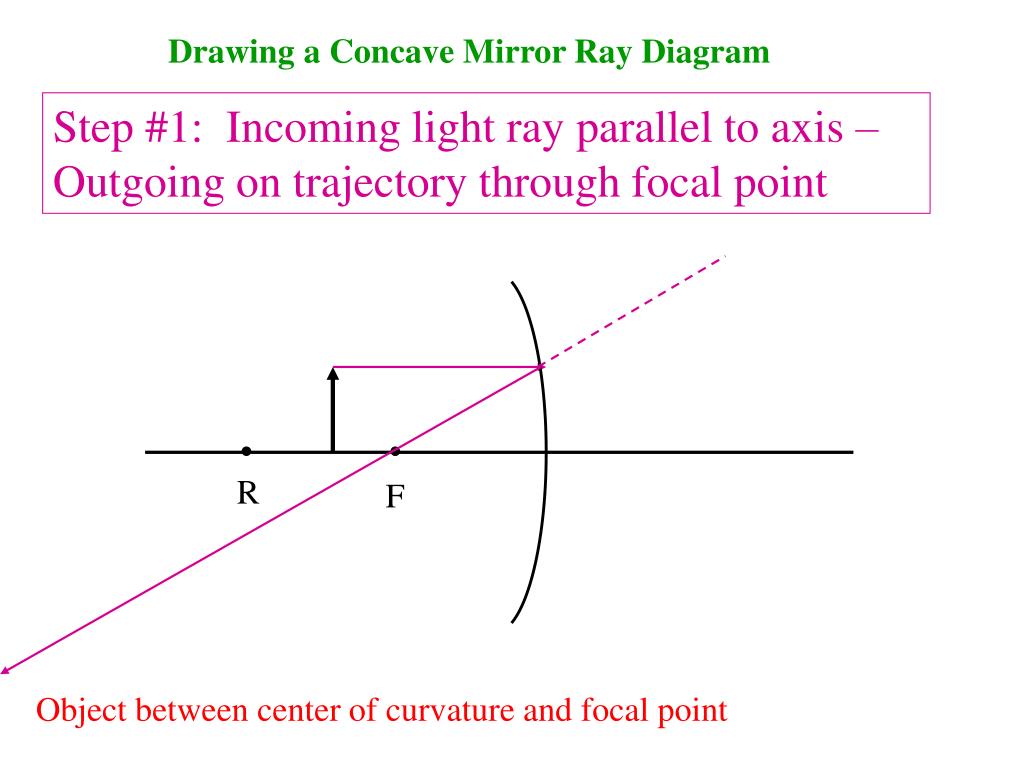

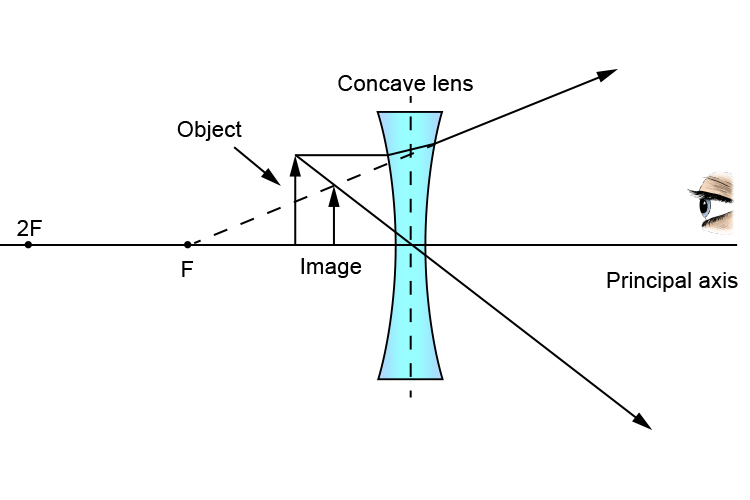

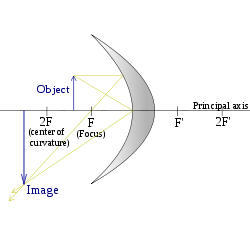

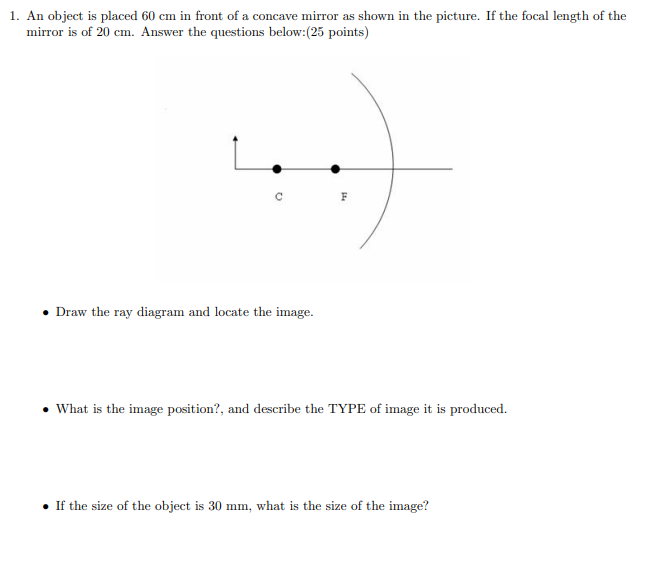
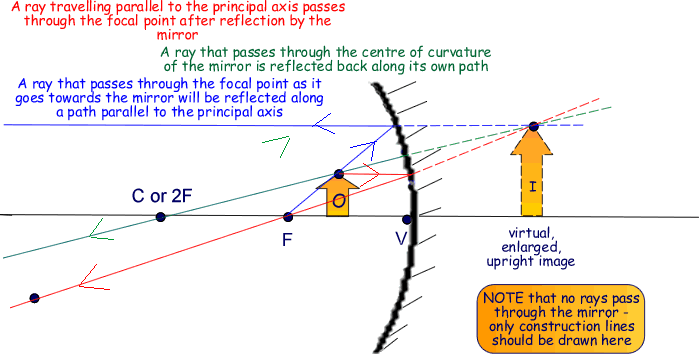
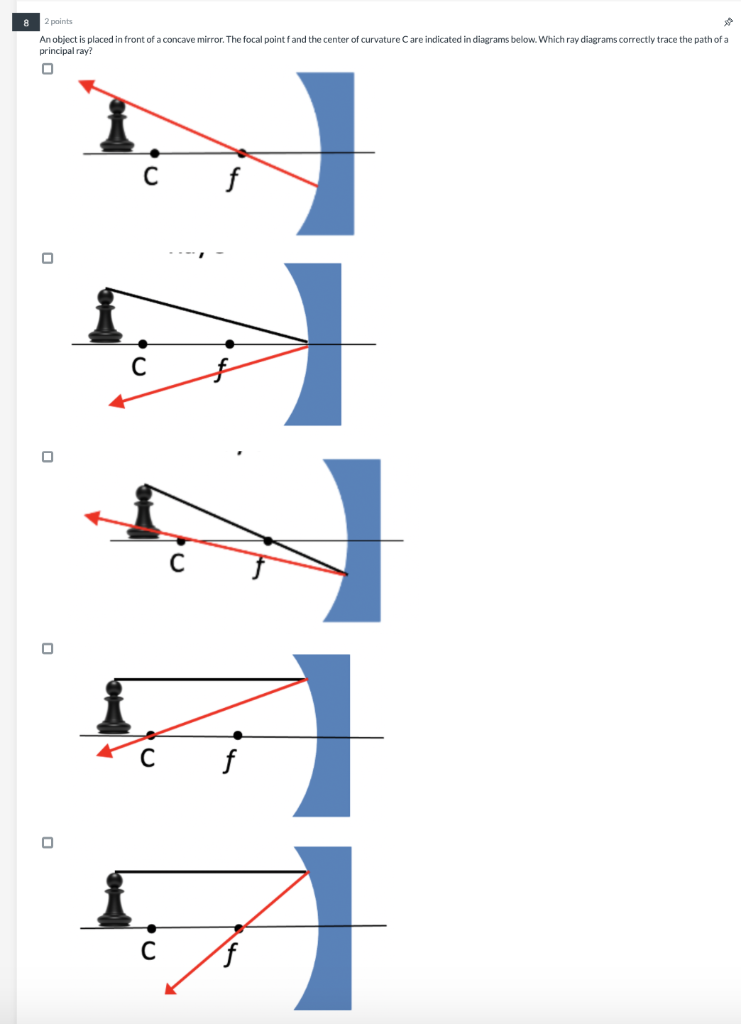






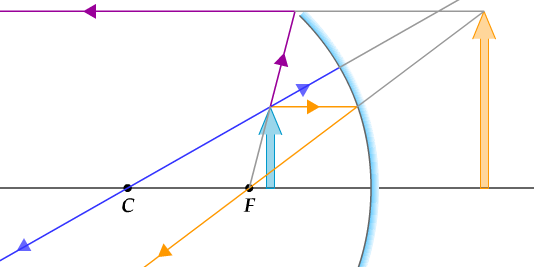





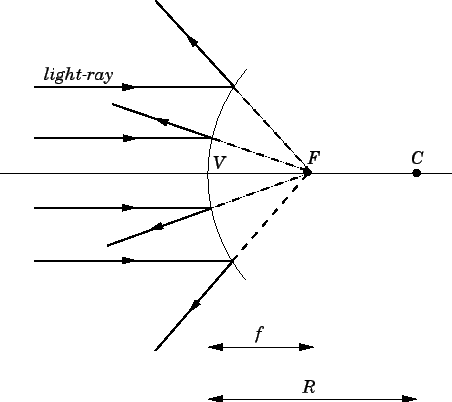
Comments
Post a Comment